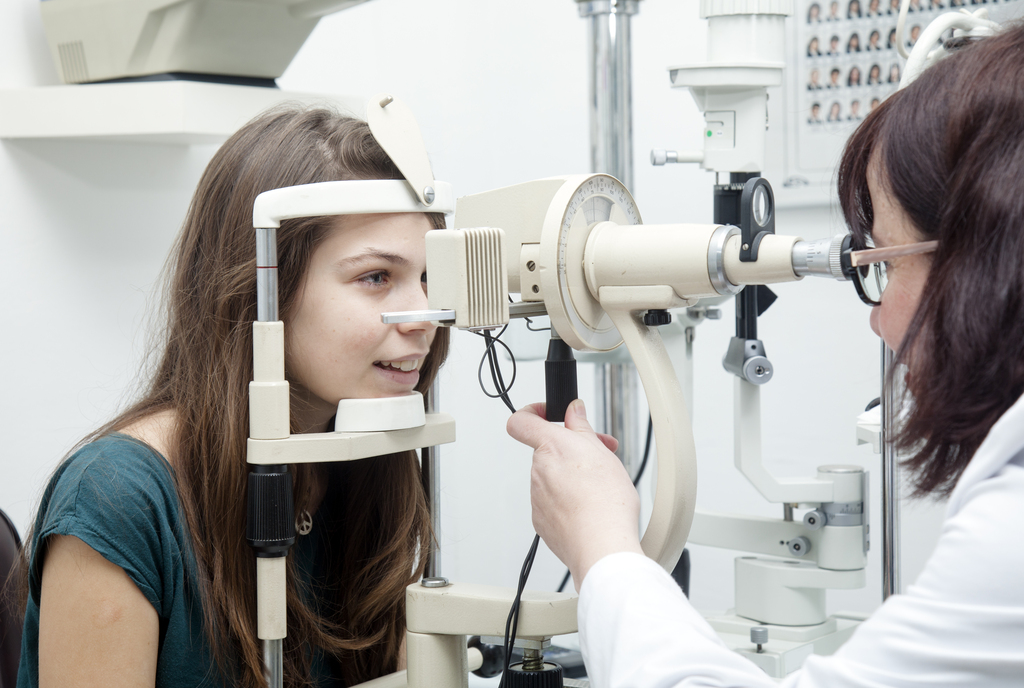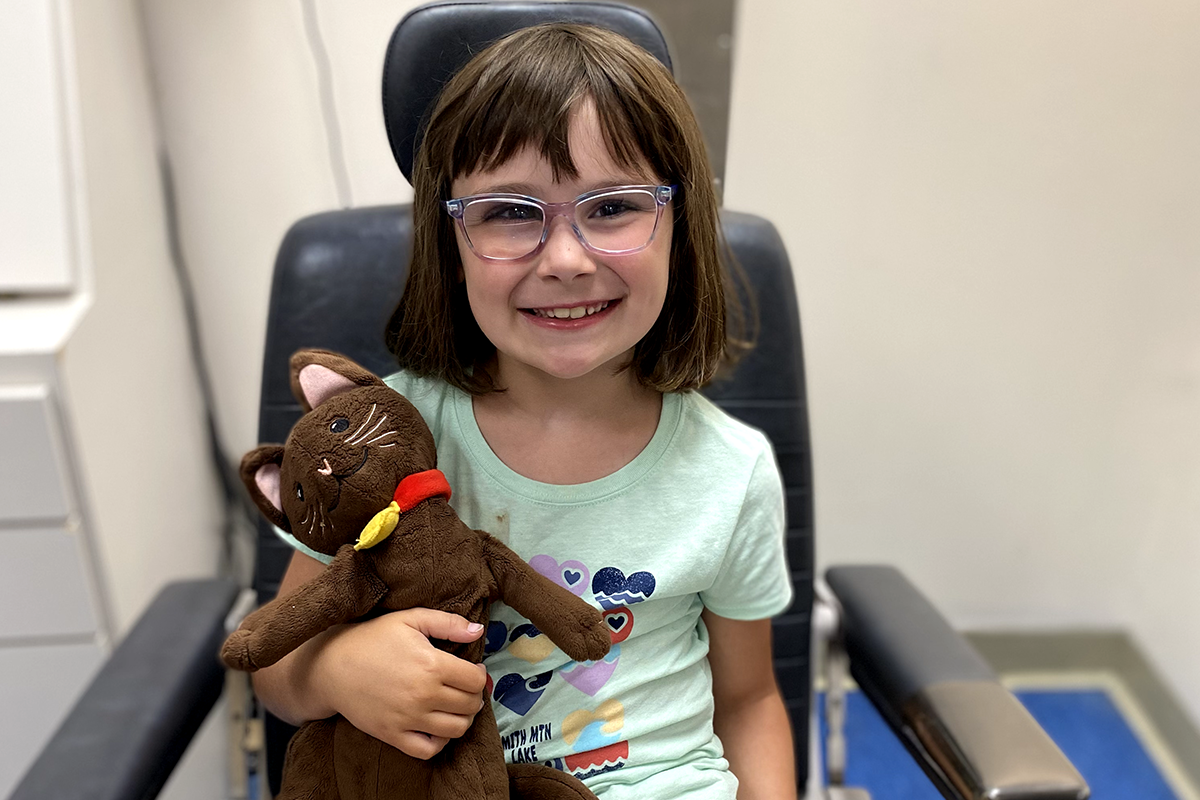
Ophthalmology

Your child's ability to see the world depends on healthy eyes. At Children's National Hospital, our pediatric ophthalmologists are experts at diagnosing and treating complex eye problems, congenital disorders and rare eye conditions, such as strabismus, childhood cataract and glaucoma. We offer comprehensive care for patients of all ages, from newborns to young adults.
Our Providers
Our pediatric specialists provide personalized care for your child’s physical, mental and emotional health needs.
Contact Information
For appointments, please call 1-888-884-BEAR (2327) and for information, call 202-476-3015.
Our Programs
We emphasize a multidisciplinary approach to care. That means, our program includes a team of experts specialized in all aspects of eye care so we can provide the most comprehensive care possible.
Learn more:
- Adult strabismus (misalignment of the eyes and double vision in adult patients)
- Cornea
- Neuro-Ophthalmology Program. Specializes in conditions involving the muscles and nerves that control eye function with one of the only dedicated pediatric neuro-ophthalmologists in the Washington, D.C., area
- Ophthalmic Genetics Program. Dedicated clinic for children and adults with inherited eye disorders
- Orbital and Oculoplastics
- Pediatric Retina
- Retinopathy of prematurity (ROP)


The people there are helping my eye get stronger. Thanks to them, I can see my dolls better. I can see my grandma, I can see what's around me and feel more comfortable.
Emelia
Children's National patient who had her first cataract surgery at six months old
Ophthalmology at Children's National
Not all eye doctors are the same. Eye conditions that threaten your child's sight, such as retinopathy of prematurity, require the expertise of a well-trained and experienced pediatric ophthalmologist.
Our team includes board-certified ophthalmologists with advanced fellowship training who specialize in pediatric care. Our pediatric ophthalmologists are trained to recognize and manage eye diseases and disorders in children whose vision is still developing.
Features of our ophthalmology program include:
- Leaders in children's eye care. Our program at Children’s National Hospital was the first hospital-based pediatric ophthalmology department in the nation. We have a long history working with complex eye conditions and are a recognized leader in the screening and treatment of strabismus, congenital cataract and glaucoma, and retinopathy of prematurity, a disorder that affects premature infants. The Ophthalmology department is led by William P. Madigan, MD, an internationally respected leader in pediatric ophthalmology. He receives international referrals for intricate eye surgeries, including strabismus surgery to correct eye misalignment, and glaucoma.
- Precise diagnosis. Finding the best treatment for your child starts with an accurate and in-depth diagnosis. We are experts in recognizing rare and complex eye problems in newborns, infants and children. Read in-depth information about common pediatric ophthalmology conditions.
- Expertise in rare disorders. Our pediatric ophthalmologists have extensive experience in the diagnosis and treatment of lens abnormalities and childhood cataract, a rare condition that affects only 0.4 percent of children and can be easily misdiagnosed. We are also among the few centers that manage infantile glaucoma, another rare but very serious eye disease.
- Network of care. If we determine your child has a less severe eye condition, our team will help connect you to a community specialist for a more appropriate level of care.
Strabismus Expertise at Children's National
Vision Testing and Screening

Make an Appointment with Our Ophthalmology Specialists
Conditions We Treat
Understanding your child's condition is an important step on your treatment journey. Learn more about causes, symptoms and diagnosis for a variety of conditions, as well as unique treatments and research being performed at Children's National Hospital.
- Childhood Glaucoma
- Pediatric Amblyopia (lazy eye)
- Pediatric Cataracts
- Pediatric Congenital/Developmental Anomalies Affecting the Eye and Orbit
- Pediatric Cranial Nerve Palsies
- Pediatric Esotropia and Exotropia
- Pediatric Hypertropia
- Pediatric Nerve Palsies/Ocular Nerves Disorders
- Pediatric Optic Nerve Gliomas
- Pediatric Orbital and Ocular Tumors
- Pediatric Ptosis
- Pediatric Refractive Errors
Family Resources
Having Surgery: What to Expect
When preparing for your child’s surgery, it is important that you understand the process and feel comfortable with our facility. View our resources to help prepare you and your child before, during and after surgery.
Audible Signage: RightHear App
We offer audible signage at our hospital for those who are blind or visually impaired and for individuals whose primary language is not English. The free app gives audio instructions to help with orientation and signage around the hospital.













